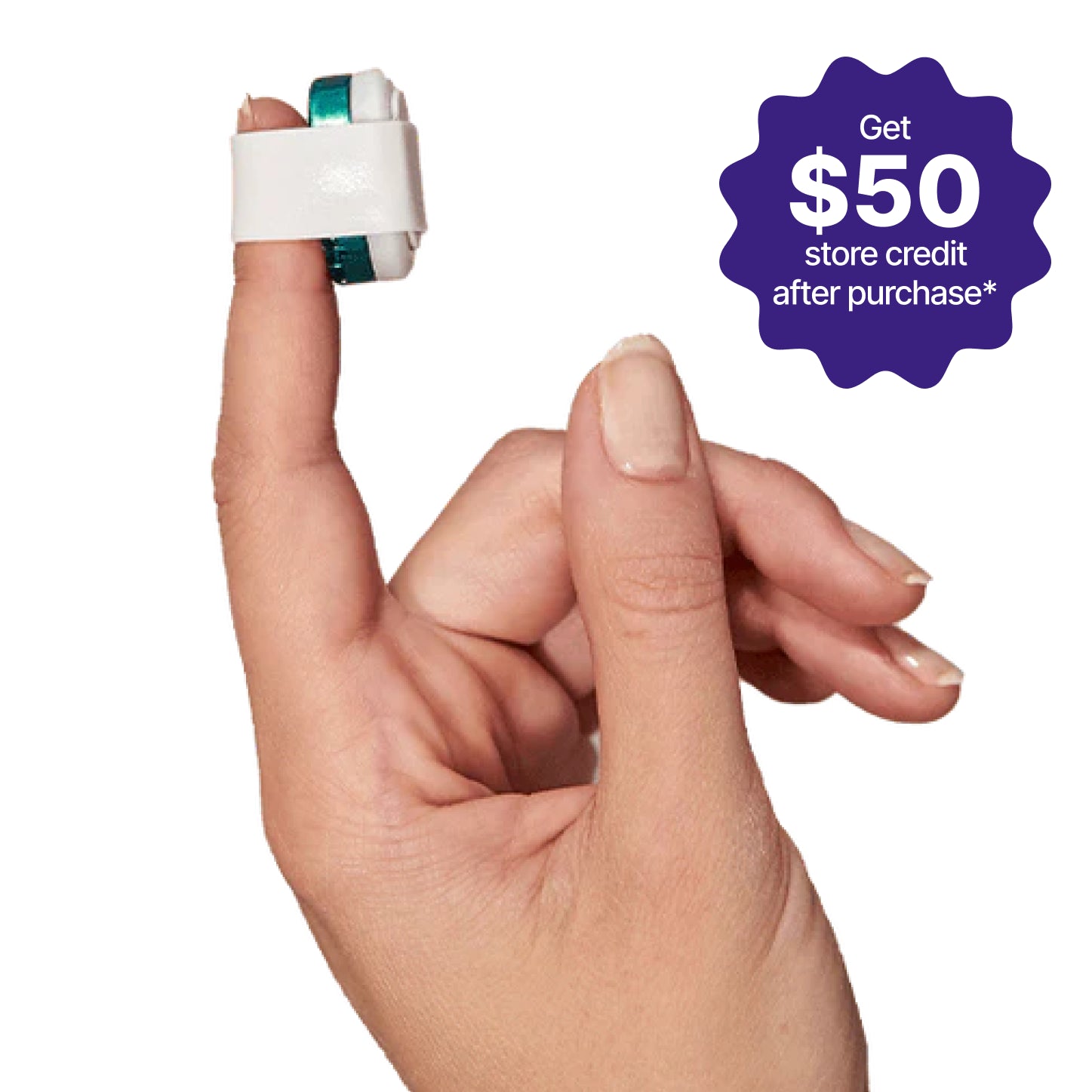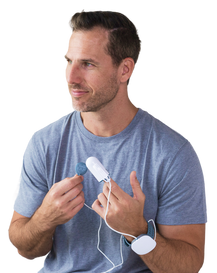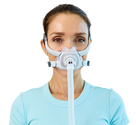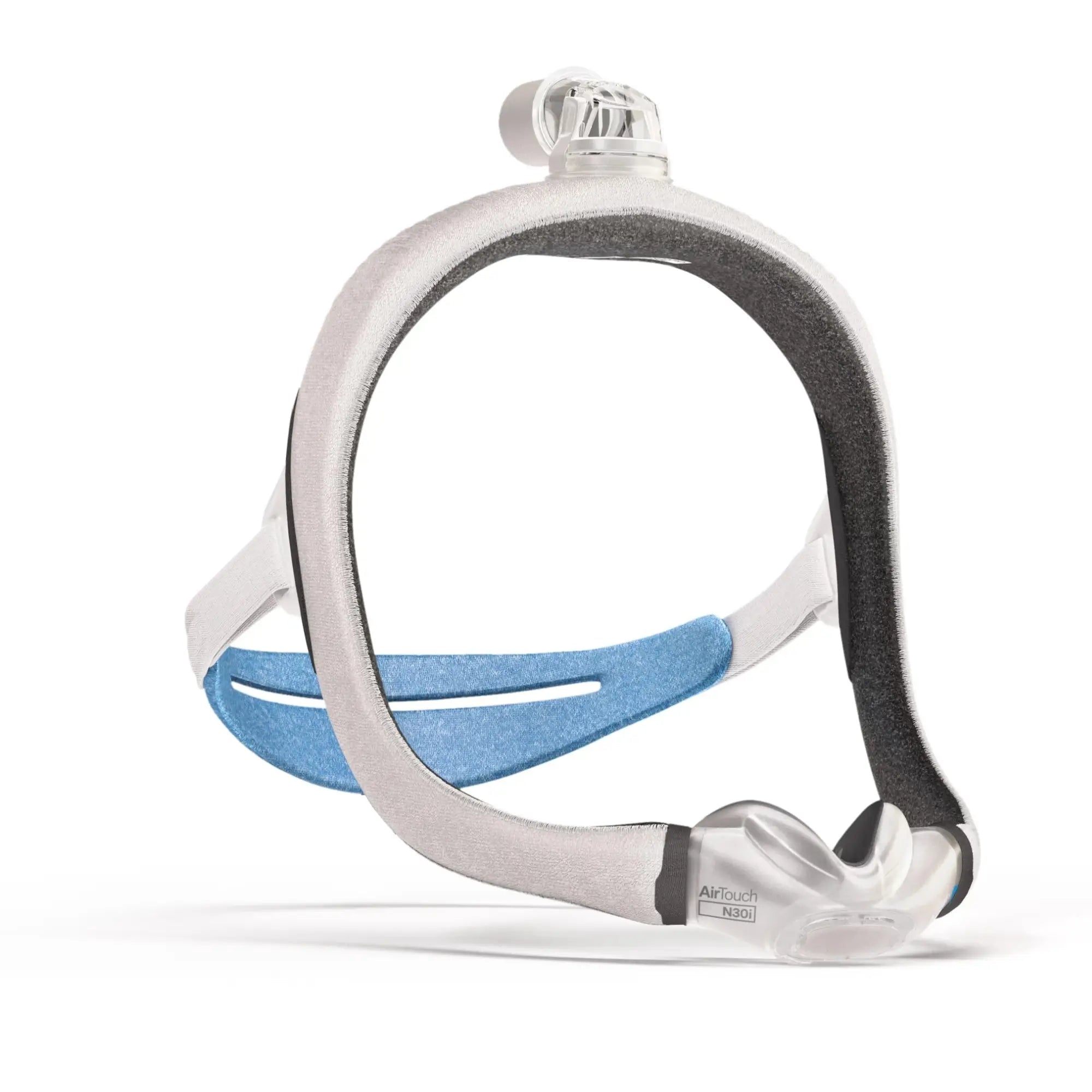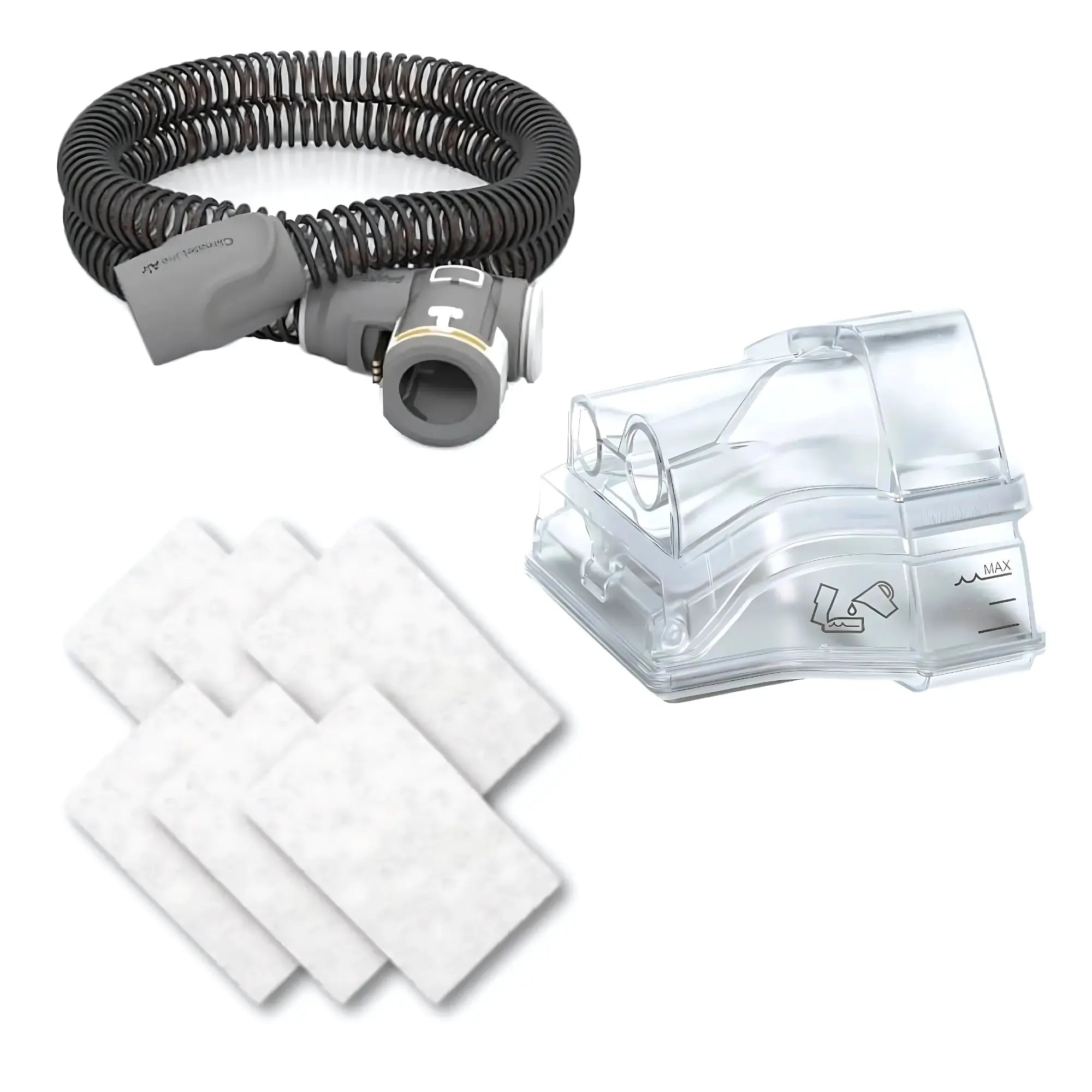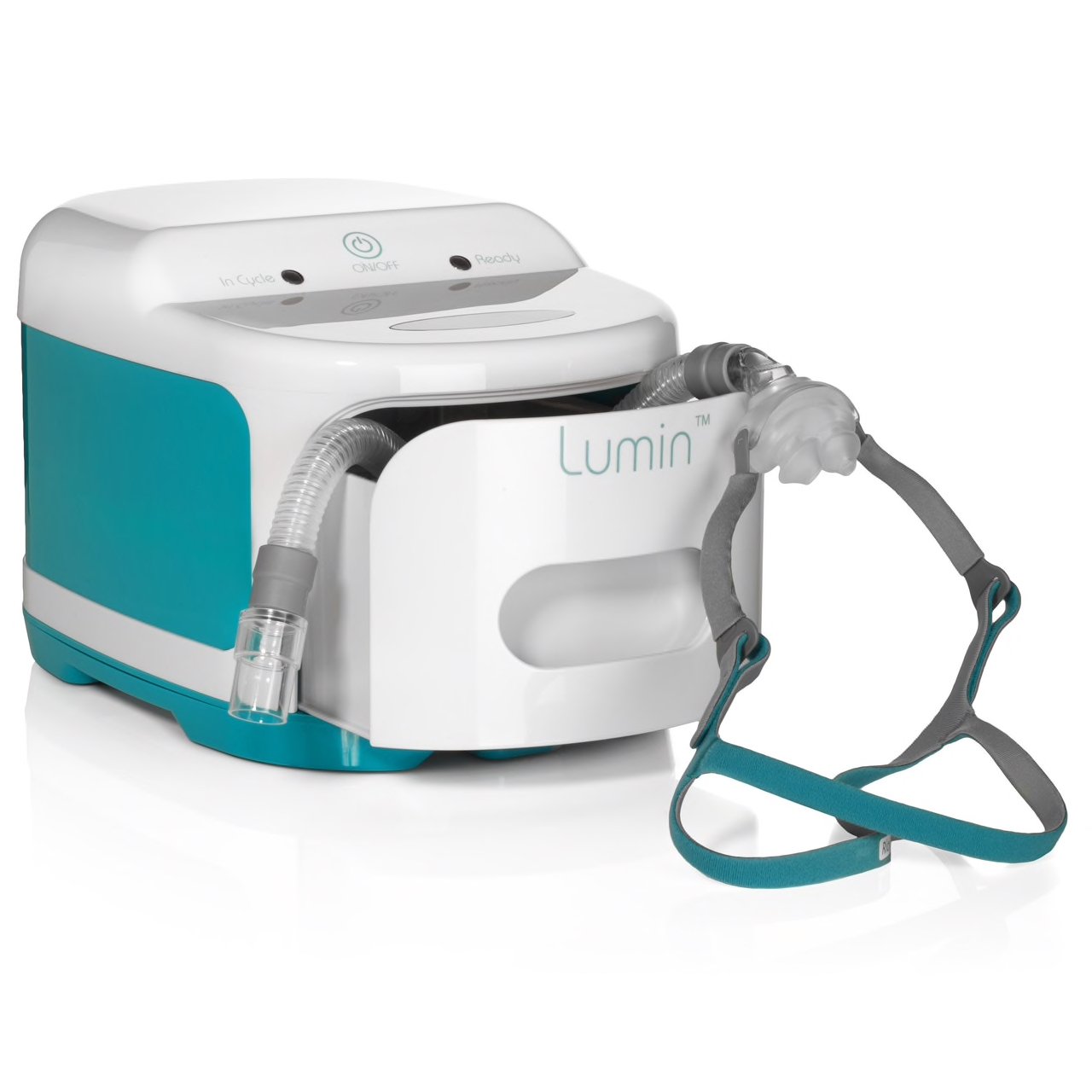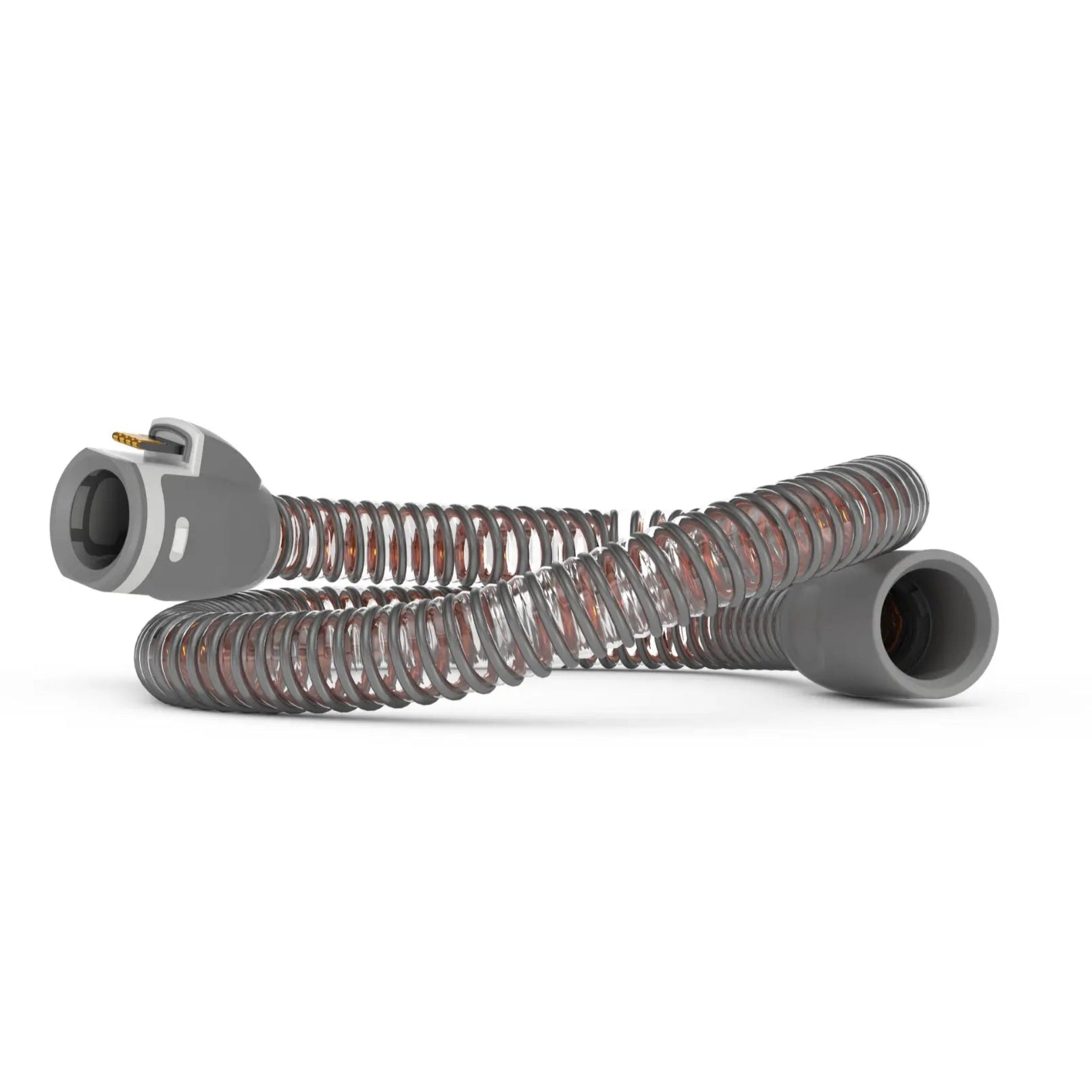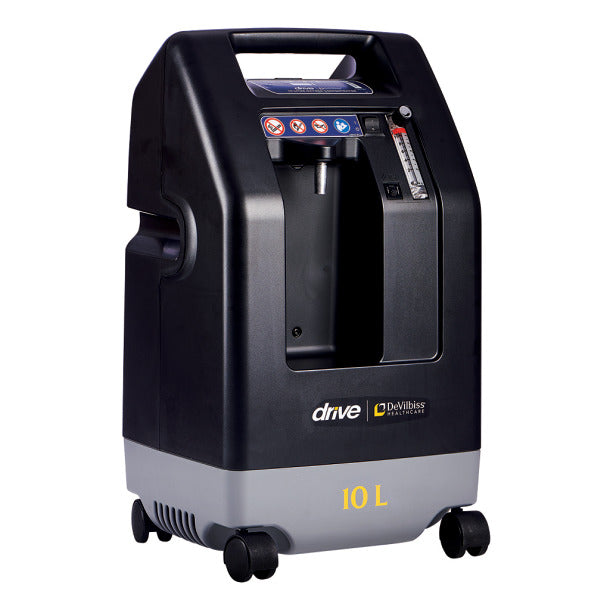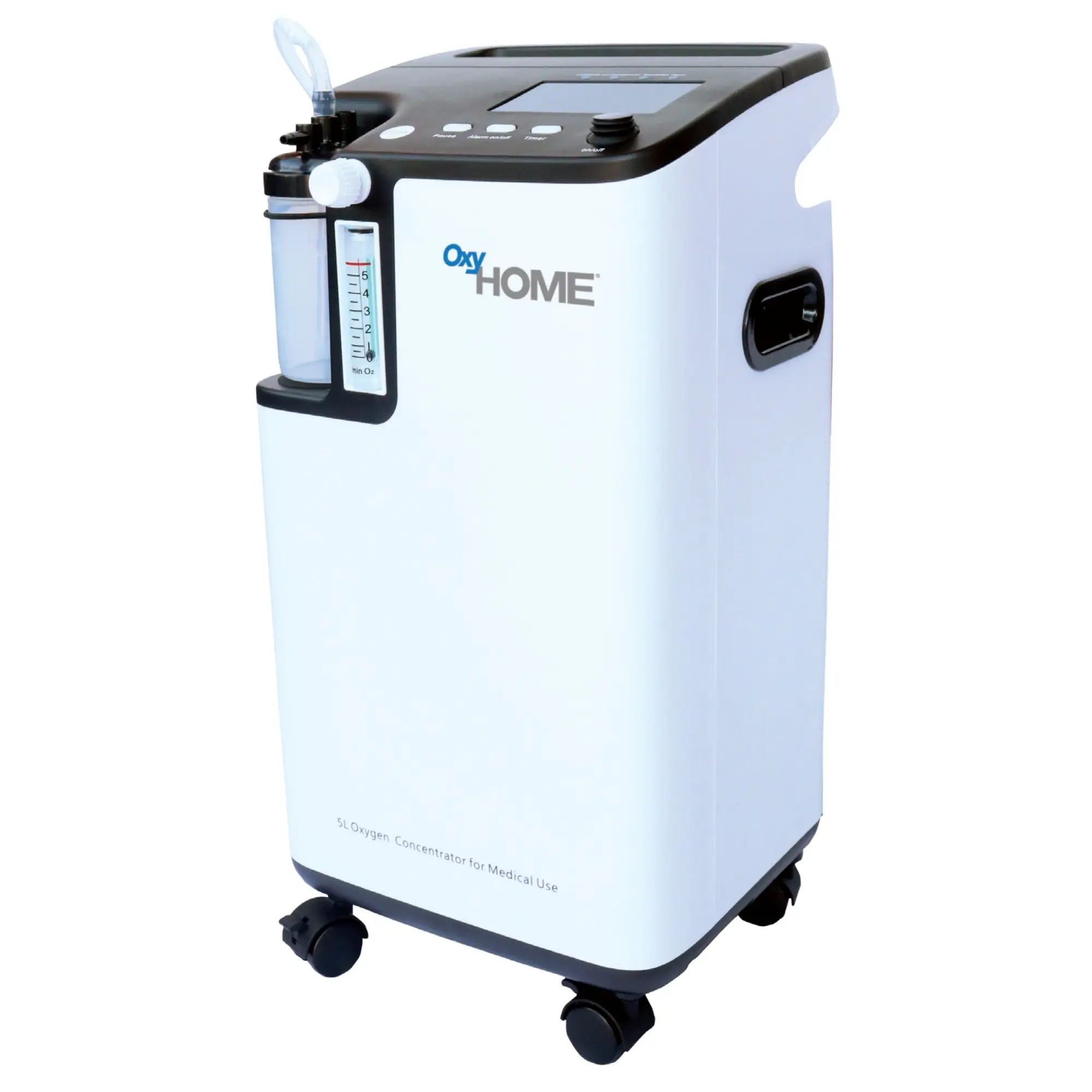Nasal CPAP therapy is the most common non-surgical treatment for people who suffer from sleep apnea. If you find that you are constantly snoring loudly and wake up tired and with a headache, you may be one of 22 million Americans who live with this condition. There are various kinds of apnea as well as many kinds of CPAP devices.
Keep reading to learn about this treatment and see if it’s right for you.
Sleep Apnea
Sleep apnea can occur when one's breathing is chronically interrupted during sleep. It can last from 10 seconds all the way to a full minute. They also tend to be a chronic problem — meaning it can occur throughout the entire night and last for weeks or months.
This can be seriously debilitating for adults as well as children, as you can imagine. By itself, sleep apnea is not a life-threatening condition, but you may still want to seek a doctor's opinion if you suspect you might have it, as it can greatly increase the risk for motor accidents as well as other chronic diseases.
Sleep apnea can combine with other medical factors to produce dangerous results, for example, it is known to worsen chronic illnesses like high blood pressure.
Unchecked, sleep apnea can profoundly affect your health and well-being through your mood, relationships, immune system, and your ability to retain new information. CPAP masks help those who suffer from acute sleep apnea get a better quality of sleep and thus live better lives.
What Correlates to Sleep Apnea
There is a correlation between obesity and sleep apnea. Other correlations include:
- Being middle-aged or older: People over the age of 60 have a higher risk of sleep apnea.
- Being male: Central sleep apnea is more common in men than it is for women (there might be a tendency for it to be inherited).
- Heart disorders: A heart attack increases your risk of developing sleep apnea.
- Using pain medications: Especially opioid-based medicine.
-
Sleeping soldier style: This is what WebMD calls sleeping on your back.
Do All Oxygen Machines Work for All Kinds of Sleep Apnea?

Photo Credit: ResMed AirFit F30
Although sleep doctors will generally recommend nasal CPAP therapy for patients who are diagnosed with sleep apnea, there are actually two other kinds of airway pressure therapy machines (BiPAP and APAP machines).
It is also worth considering a CPAP machine to alleviate another respiratory disorder called UARS, which is like a sleep apnea-precursor.
On top of all of this, there are two totally different kinds of sleep apnea.
We hope this guide will help you find your way through sleep apnea and into a good night's rest.
Types of Sleep Apnea
The word apnea is Latin for "no breath." Apnea is generally more of a symptom than it is its own disease. It can be caused by many underlying issues, but no matter the cause, there are two main types of sleep apnea.
Obstructive sleep apnea
It can usually be fixed with a CPAP machine.
This is the most common form of sleep apnea. It makes up an estimated 80% of all cases. During OSA, something is physically obstructing the upper airway and preventing fresh oxygen from entering the lungs.
Most often, this is a combination of age and having excess tissue in and around the airways. Having a larger-than-average tongue or tonsils can lead to blockage. It also has the unfortunate tendency to develop as a consequence of CSA, which we will go over next.
Central sleep apnea
CPAP machines do not always fix the sleep of people with CSA.
This kind of sleep apnea accounts for about 15 - 20% of cases. It results from a failure of communication between your brain and the rest of your system. It is called central sleep apnea because the problem originates from the central nervous system.
It brings added symptoms and manifests itself more frequently in men than in women.
CSA patients may be served best by servo-ventilator machines or unvented masks, which monitor breathing directly and kick in with extra pressure when necessary. These machines are referred to as APAPs and biPAPs.
Who Actually Needs a CPAP Device?
Everybody who experiences chronic sleep apnea symptoms should consider purchasing a CPAP device. Even partial obstruction of your airways can lead to severe negative changes in your quality of life. For example — aside from people with sleep apnea — those with UARS will also want to look into CPAP machines.
When a doctor diagnoses you with sleep apnea, he/she will generally start his/her treatment with the broadest treatment possible. This is the CPAP machine, which works for the majority of the 80% of sleep apnea patients who suffer from obstructions.
By recommending that you buy a nasal CPAP therapy machine, the doctor does not necessarily resolve all your sleep problems. As we mentioned above, there are a few different possible causes of sleep apnea.
Below are three different iterations of the traditional CPAP mask. They only differ in how they use air pressure to assist your breathing while you sleep.
CPAP: (Continuous Positive Airway Pressure)
For people who need the same pressure when they inhale as when they exhale. It is for patients who do not have CSA or obese hyperventilation.
BiPAP: (Bi-positive Positive Airway Pressure)
For people who require different pressure for inhaling than exhaling.
APAP: (Automatic Positive Airway Pressure)
For people who have increased apnea events during REM sleep and those who toss and turn at night.
Conclusions + Sleep Apnea Treatment Options
Sleep apnea recommendations by WebMD include implementing simple self-care exercises into your routine such as taking up a sport, adopting a healthier diet, or ice showers. One easy change to apply for those diagnosed with obstructive sleep apnea is to start sleeping on your side.

Photo Credit: F&P Vitera™ Full Face Mask
Important things to keep in mind include that REM sleep occurs during the last third of the night, and this phase of your sleep is when you are most vulnerable to Obstructive Sleep Apnea, since your body automatically relaxes to prevent you from enacting your dreams. Do not remove your CPAP just before morning thinking you will be able to get a last little bit of sleep without it.
There are also surgeries available such as a tonsillectomy, adenoid removal, and palatoplasty.
Trust our expert team to take care of your sleepless nights. Begin your journey to getting a good night’s sleep and improving your quality of life. Explore our wide range of premium CPAP equipment and accessories that have been thoroughly tested and proven to give you the results you need.



